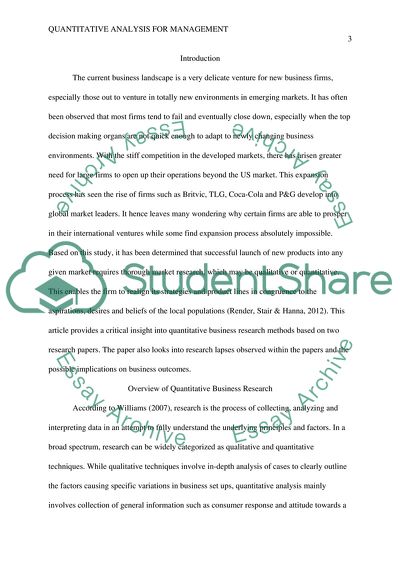Cite this document
(Quantitative Analysis for Management Coursework Example | Topics and Well Written Essays - 2250 words, n.d.)
Quantitative Analysis for Management Coursework Example | Topics and Well Written Essays - 2250 words. https://studentshare.org/statistics/1832746-quantitative-analysis-for-management
Quantitative Analysis for Management Coursework Example | Topics and Well Written Essays - 2250 words. https://studentshare.org/statistics/1832746-quantitative-analysis-for-management
(Quantitative Analysis for Management Coursework Example | Topics and Well Written Essays - 2250 Words)
Quantitative Analysis for Management Coursework Example | Topics and Well Written Essays - 2250 Words. https://studentshare.org/statistics/1832746-quantitative-analysis-for-management.
Quantitative Analysis for Management Coursework Example | Topics and Well Written Essays - 2250 Words. https://studentshare.org/statistics/1832746-quantitative-analysis-for-management.
“Quantitative Analysis for Management Coursework Example | Topics and Well Written Essays - 2250 Words”. https://studentshare.org/statistics/1832746-quantitative-analysis-for-management.


